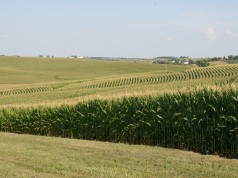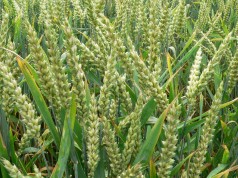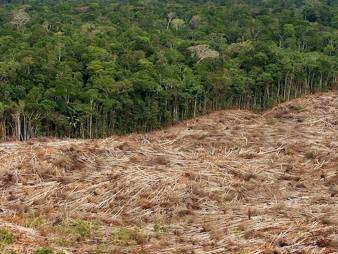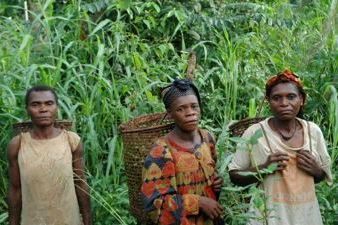Nairobi – An increase in the amount of land being used for crops is one of the main reasons for the continuing loss of biodiversity and threatens to undermine attempts to meet international environmental goals, according to a new report involving scientists from the United Nations Environment Programme (UNEP).
The report, entitled “Crop Expansion and Conservation Priorities in Tropical Countries”, details how land, which is often rich in biodiversity, is being converted or set aside for crops like rice and maize in some 128 tropical countries. The study warns that such trends, if continued, could derail progress towards meeting the Aichi Biodiversity Targets – a set of 20, time-bound measurable targets aimed at halting global biodiversity loss by the middle of the century.

Researchers from UNEP’s World Conservation Monitoring Centre and the Cambridge Conservation Initiative analyzed data on crop distribution and expansion, assessed changes in area of main crops, and mapped overlaps between conservation priorities and cultivation potential.
They found that cropland in tropical countries expanded by around 48,000 km² per year from 1999-2008. Rice was the single crop grown over the largest area, especially in tropical forest habitats.
Countries which added the greatest area of new cropland were Nigeria, Indonesia, Ethiopia, Sudan and Brazil. Soybeans and maize are the crops which expanded most in absolute area. Other crops with large increases included rice, sorghum, oil palm, beans, sugar cane, cow peas, wheat and cassava.
The report highlights the urgent need for more effective sustainability standards and policies to address production and consumption of tropical commodities, including robust land-use planning, the establishment of new protected areas, projects to support forests (such as Reducing Emissions from Deforestation and Forest Degradation, or REDD+) in places agriculture has not yet reached, and the reduction or elimination of incentives for land-demanding bio-energy feed stocks.
The report was published in the run-up to the first plenary meeting of the newly-created Intergovernmental Platform on Biodiversity and Ecosystem Services (IPBES) in Bonn, Germany, from 21 to 26 January 2013.
IPBES, which was established in April 2012, creates a mechanism recognized by both scientific and policy communities to synthesize, review, assess and critically evaluate relevant information and knowledge generated worldwide.
The report also warns that areas of high biodiversity value may also be vulnerable to similar land conversion patterns in the future. These include priority conservation areas such as Frontier Forests and High Biodiversity Wilderness Areas, which have previously been identified as having ‘low vulnerability’.
There are also many other smaller areas which are important for biodiversity and which have high cultivation potential, such as on the fringes of the Amazon basin, in the Paraguayan Chaco, and in the savanna woodlands of the Sahel and East Africa.
UNEP will launch later this month a campaign against food waste, which also aims to lessen the pressure on land as yet unused for agriculture.
Source: UNEP.



















